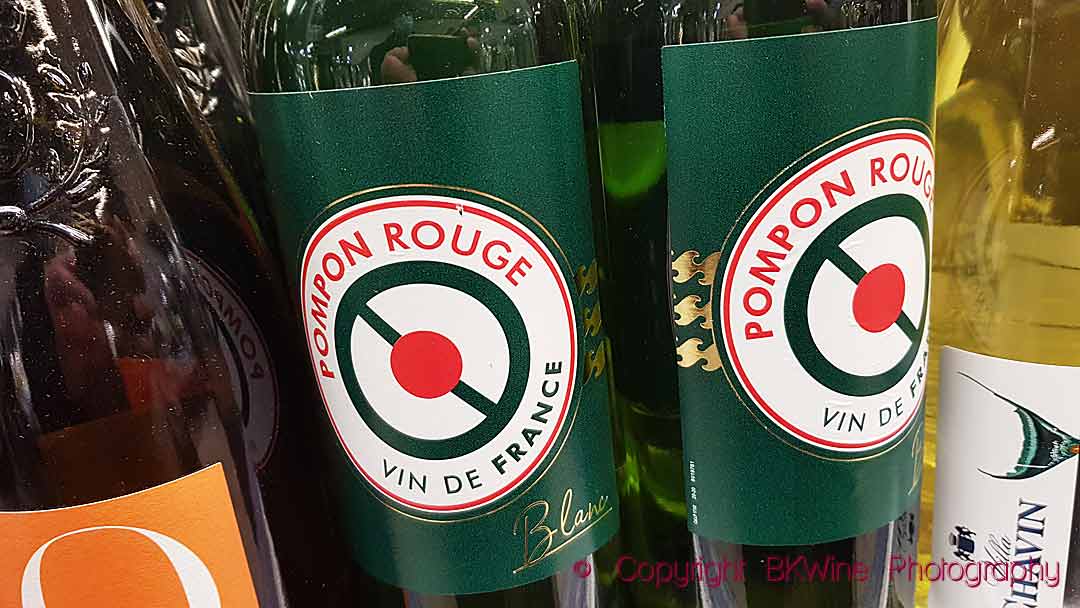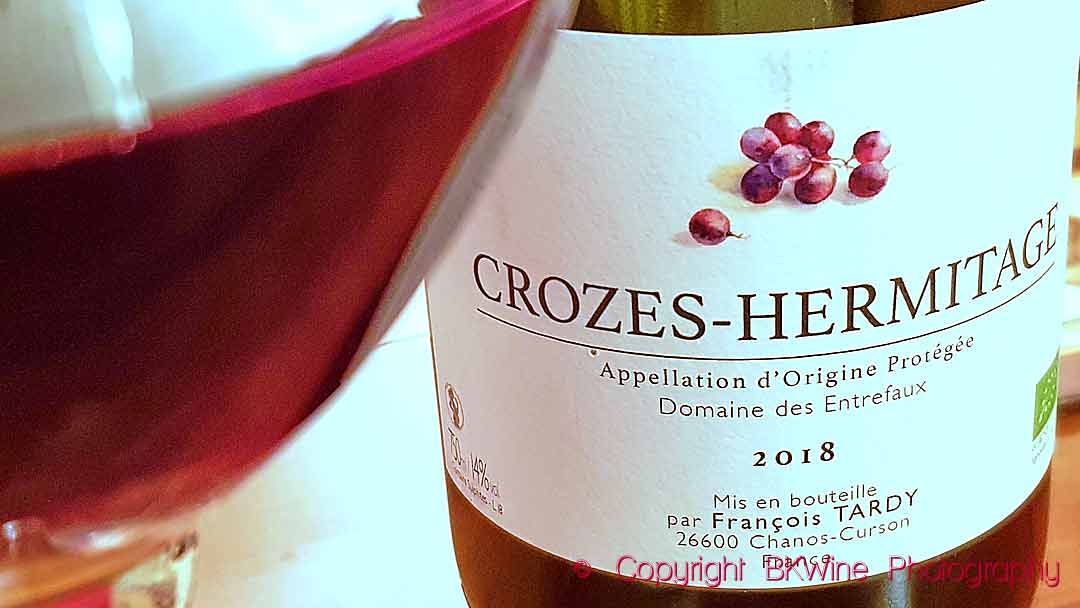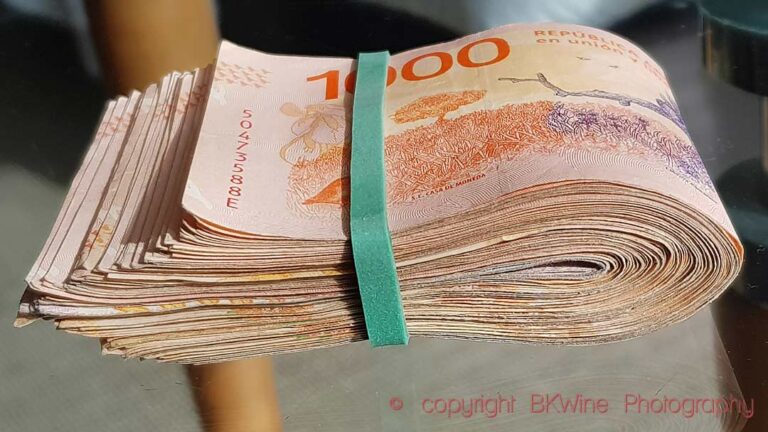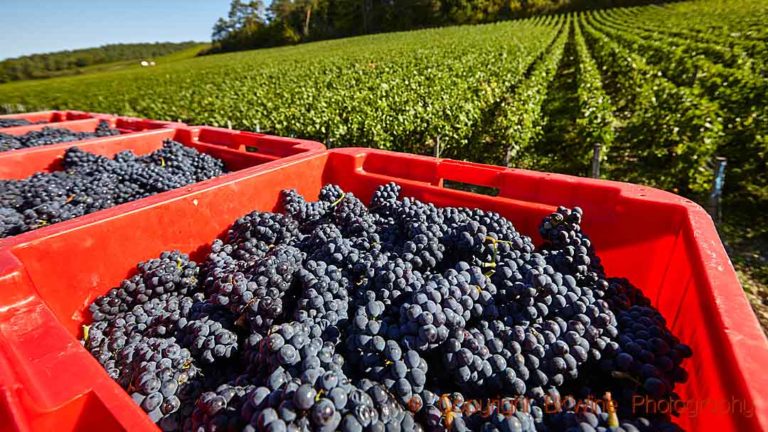In 2009 the EU implemented a wine reform that structured wine in a few different groups. The intention was, and is, to harmonise the different systems that exist in the member countries. How this has then been implemented in local legislation and nomenclature varies from country to country. Here’s a very short and schematic overview of how it looks.
The legislation is primarily made to protect products of geographical origin. This applies not only to wine but also to some other products, mainly food. It is referred to as the “quality scheme” in the EU documents.
European wine legislation divides wine into two main categories, since the wine reform 2009:
- Wine without a geographic origin
- Wine with a geographic origin
The “higher” of these two levels is then split on two levels, thus becoming:
- Wine without a geographic origin
- Wine with a geographic origin
- Protected Geographical Indication (PGI)
- Protected Designation of Origin (PDO)
All countries basically follow this classification structure (more or less). But in many cases they have further subdivision in each category or apply names that differ substantially. Here are some examples:
| | Wine without a geographic origin | | Wine with a geographic origin | ||
| Protected Geographical Indication | Protected Designation of Origin | ||
| France | vin de france | IGP | AOP (AOC) |
| Italy | vino | IGP / IGT | DOC and DOCG or DOP (new) |
| Spain | vino | IGP / VT | VC and DO (DOP) and DOCa and VP |
| Portugal | vinho | IGP | DOP (DOC) |
| Germany | Deutscher Wein | Landwein | Qualitätswein (*) |
France:
- IGP=indication géographique protégée
- AOP=appellation d’origine protégée, sometimes still called by its old name AOC (contrôlée)
Italy:
- IGP=indicazione geografica protetta, but often use the old IGT = indicazione geografica tipica
- DOC = denominazione di origine controllata
- DOCG = denominazione di origine controllata e garantita
- DOP = denominazione di origine protetta, the new name, conforming to the EU standard that includes DOC and DOCG. DOP is sometimes used, but often it is DOC and DOCG.
Spain:
- IGP / VT = indicación geográfica protegida, but is often called vino de la tierra (VT)
- VC = vino de calidad con indicación geográfica (unusual)
- DO (DOP) = denominación de origen, sometimes called DOP
- DOCa = denominación de origen calificada
- VP = vino de pago
Portugal
- DOP = denominação de origem protegida, still sometimes called DOC, denominação de origem controlada
- IGP = indicação geográfica protegida, often called vinho regional
Germany
- (*) = Qualitätswein is subdivided in a number of different categories. See separate article on the new German wine classification system here. (to be published soon)
You can read more about the general scheme in this EU document on the quality schemes.
“Quality” is not quality
Important 1:
One should keep in mind that this is not, strictly speaking, a “quality” hierarch, or quality definitions even if that word is used in the EU documents. A wine is not by definition “better” just because it is in a higher category.
Instead, the different categories (for example in France vin de france, IGP and AOP) guarantee
A) a certain geographic origin, and
B) that the production of the wine follows certain rules.
That can be rules about grape variety, blends, planting density, yields etc. Following those rules does not necessarily mean that the wine is of better “quality”. The rules define (mostly) objective measures whereas “quality” is a fundamentally subjective evaluation that depends on who drinks the wine.
“Classification” is different from classification
Important 2:
One needs to be careful with the term “classification” used in the headline and in the text above. In French wine terminology “classification” usually refers to something very specific: the classification of certain estates (producers) as “premium”. In fact, these classifications are of brand names (!). The most famous one is the Bordeaux 1855 classification. There are a few others in Bordeaux and one in Provence.
This is fundamentally different from the French term “appellation” which is based on geographic definitions and denominations, independent of producers. So, for example, “premier cru” and “grand cru”, that are used in various geographies are part of the French appellation system and are not, strictly speaking, classifications.
In other words, the EU wine classification system (as described above) is in France implemented in the appellation system (comprising AOP, IGP and vdf). The French classifications are something entirely different, unrelated to the EU hierarchies.
Examples from the French system in the pictures below.













